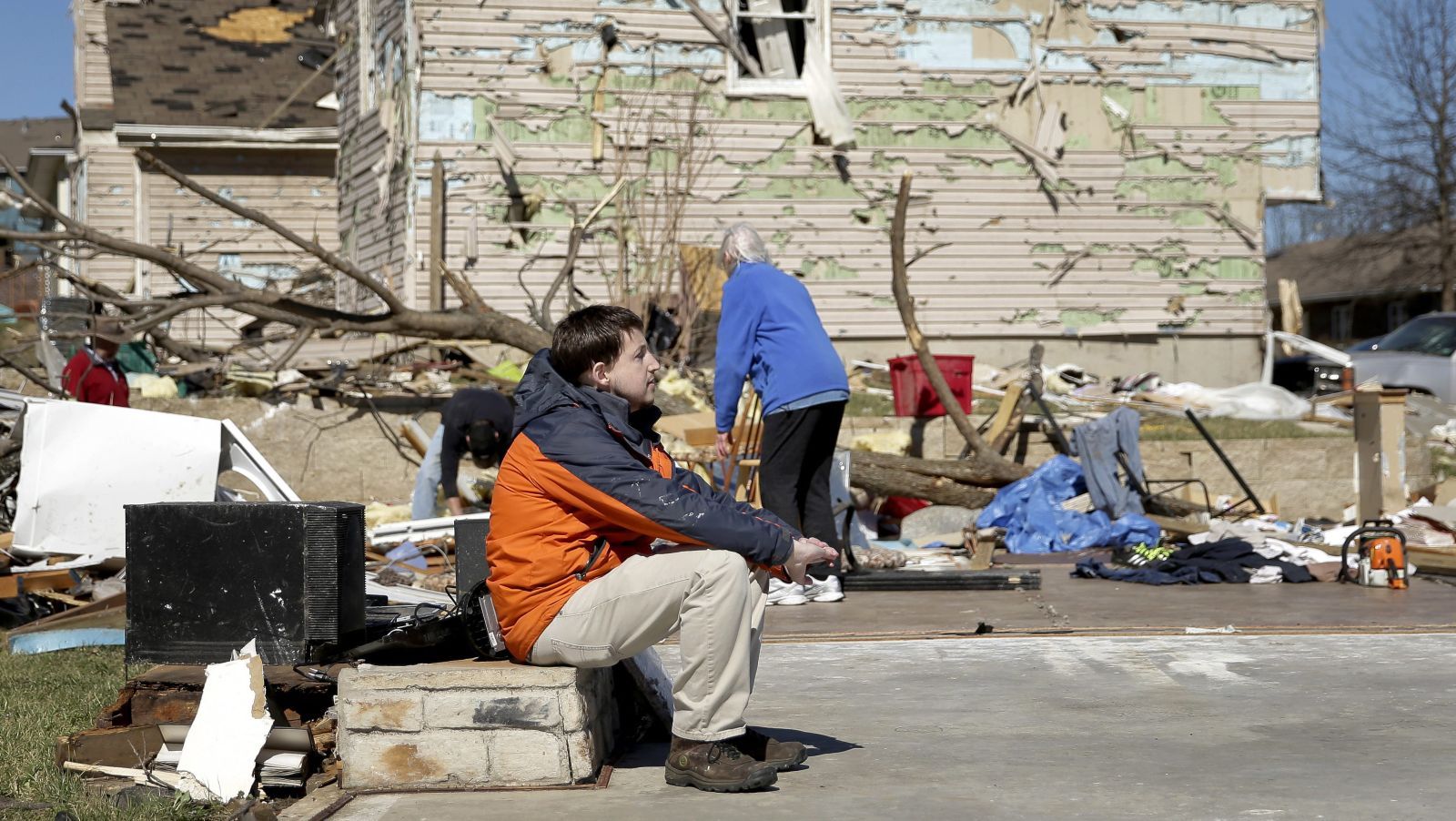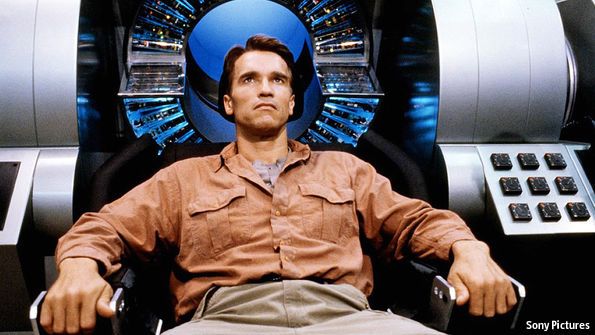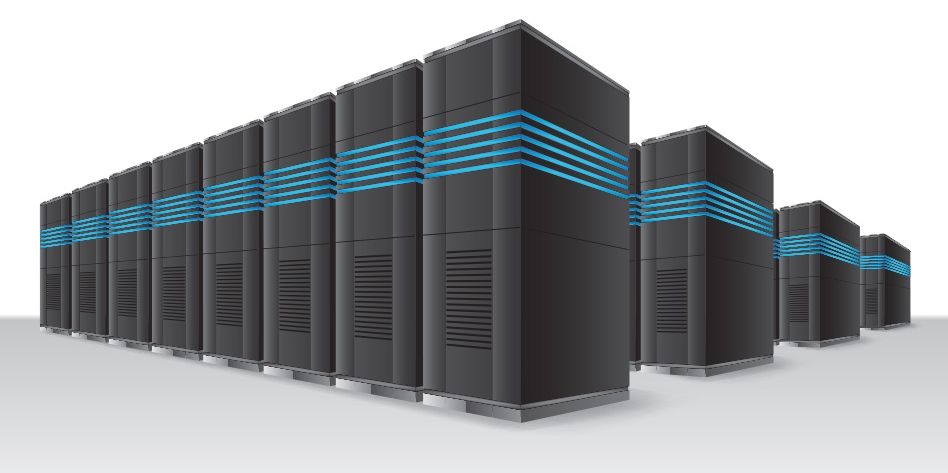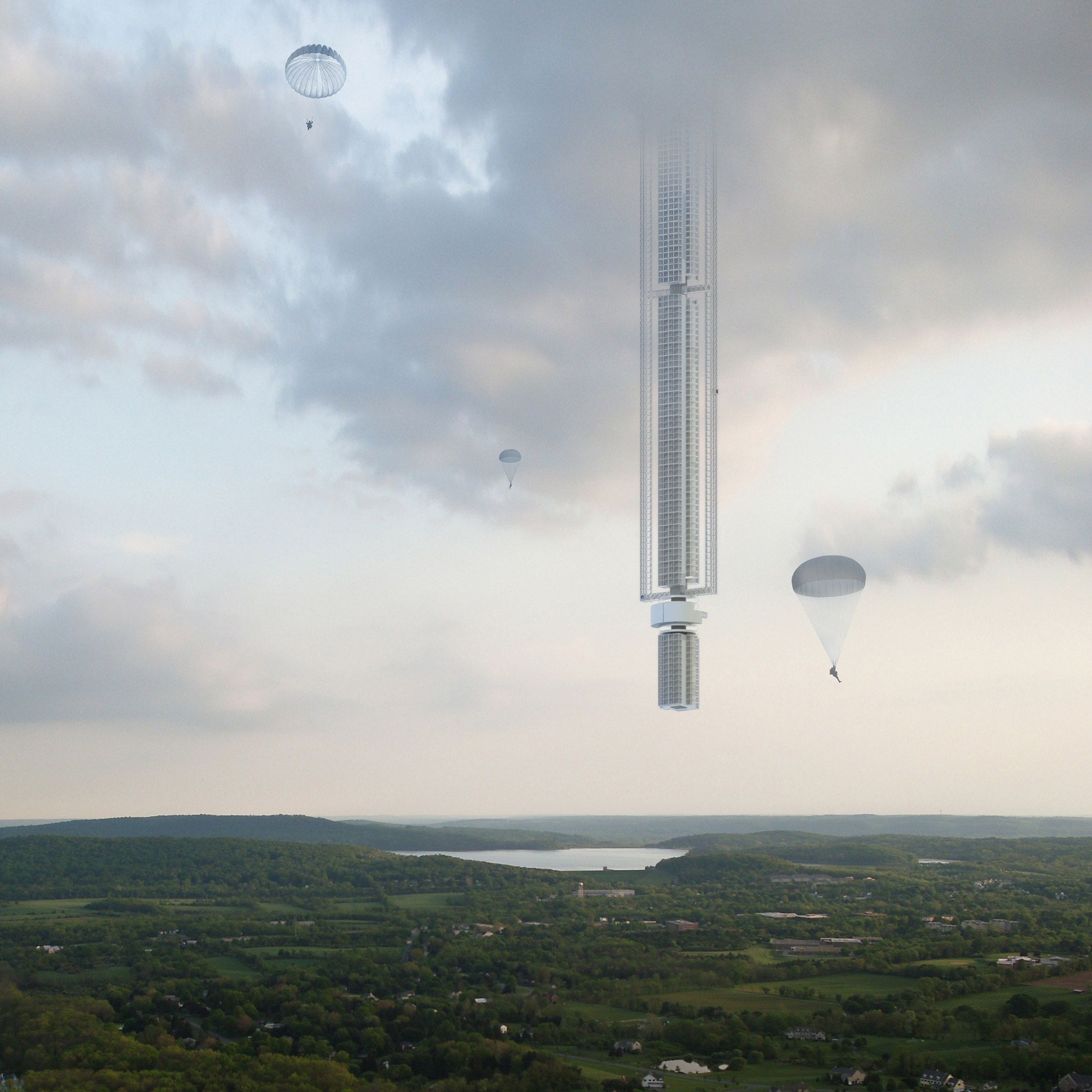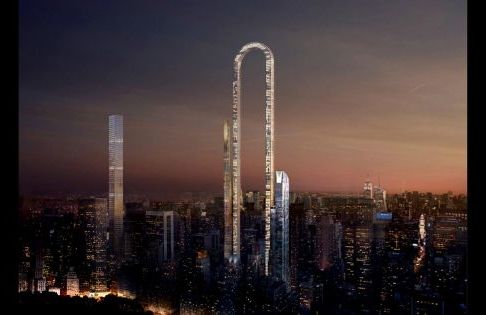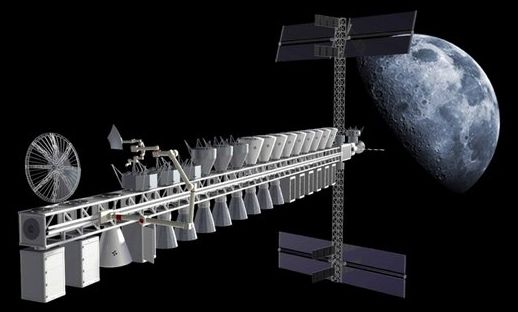Sometimes people bring up overpopulation scenarios where the population can fit inside Texas. But they ask, what about all the stuff that supports that population? Here is one answer.
Located in an abandoned 70,000-square-foot factory in Newark, New Jersey, the world’s largest vertical farm aims to produce 2,000,000 pounds of food per year. This AeroFarms operation is also set up to use 95% less water than open fields, with yields 75 times higher per square foot. Their stacked, high-efficiency aeroponics system needs no sunlight, soil or pesticides. The farm’s proximity to New York City means lower transportation costs and fresher goods to a local market. It also means new jobs for a former industrial district.
Around the world, urban farms are sprouting up at the intersection of new growing technologies and localvore movements. They vary in scale and focus, but their goals are generally similar: produce fruits and vegetables in more efficient, cheaper and greener ways. Growing in controlled environments also reduces environmental variables, like pests, weather and even seasons (allowing for more predictable year-round yields). Factory farm tenants can also take over and adaptively reuse structures in depressed areas with disused industrial building stock, creating employment opportunities in the process.
In a way, these endeavors are a natural extension of long-standing trends in farming. Small farms gave way to large farms, but the latter still involved open fields and variable environments. Urban farms take things to the next level, making the farm-to-table distance shorter, controlling conditions and further optimizing around available space.
